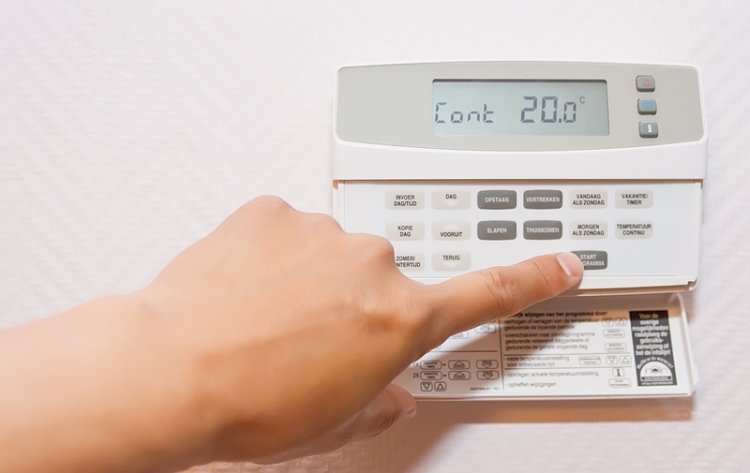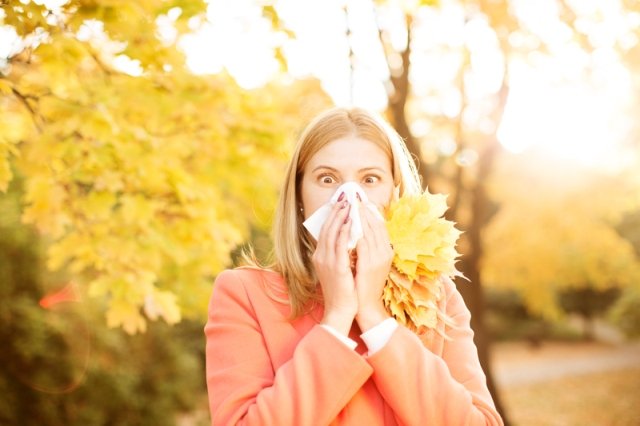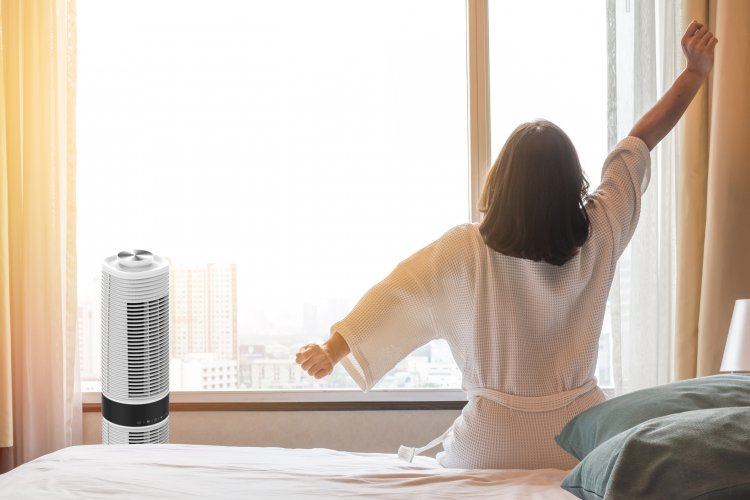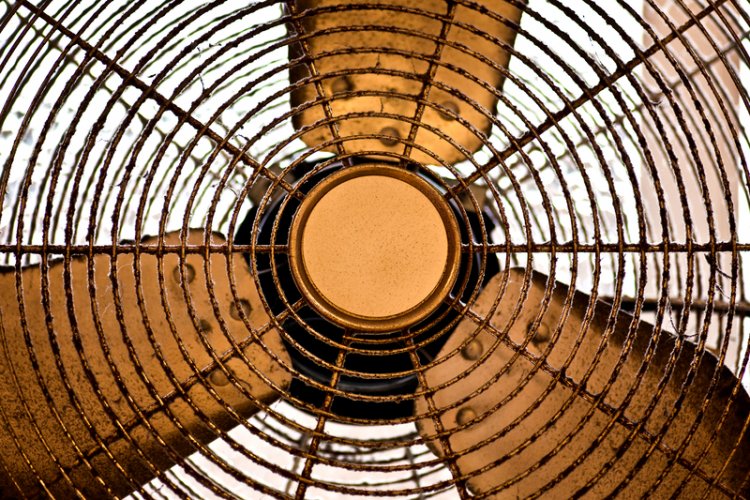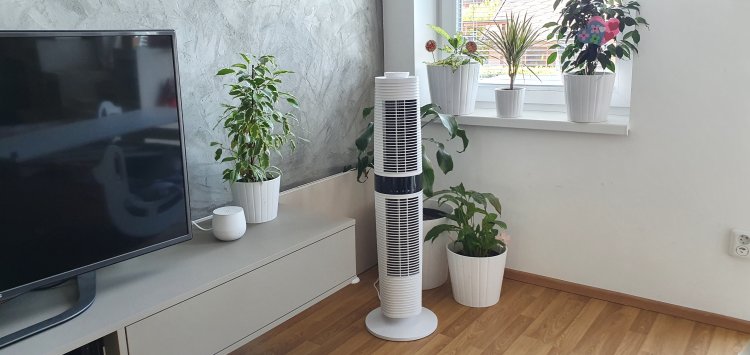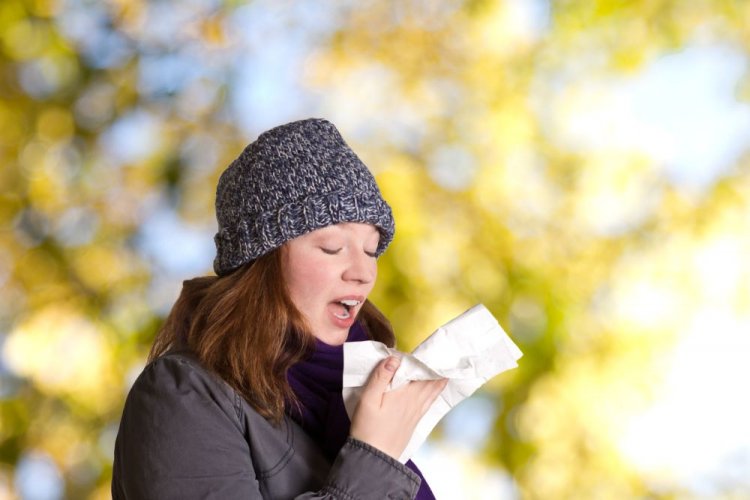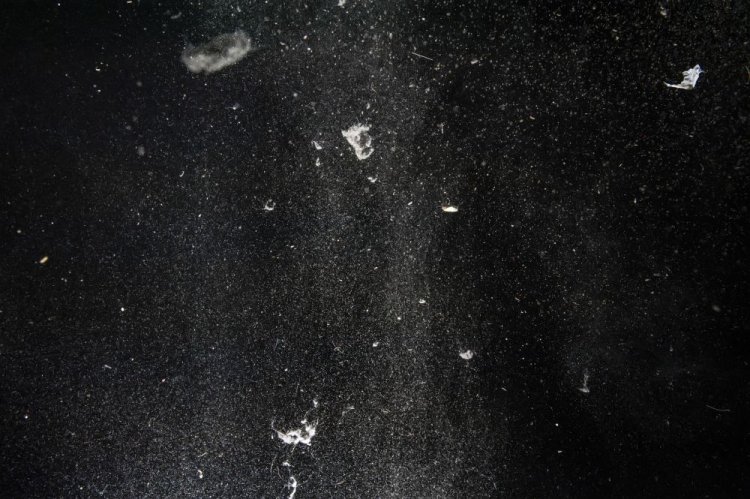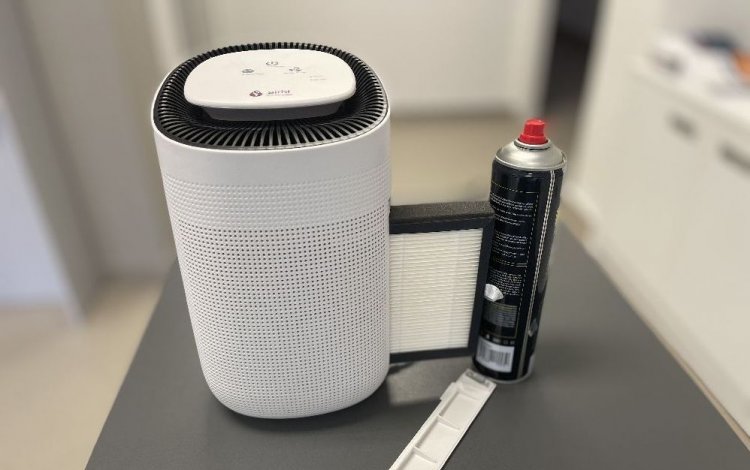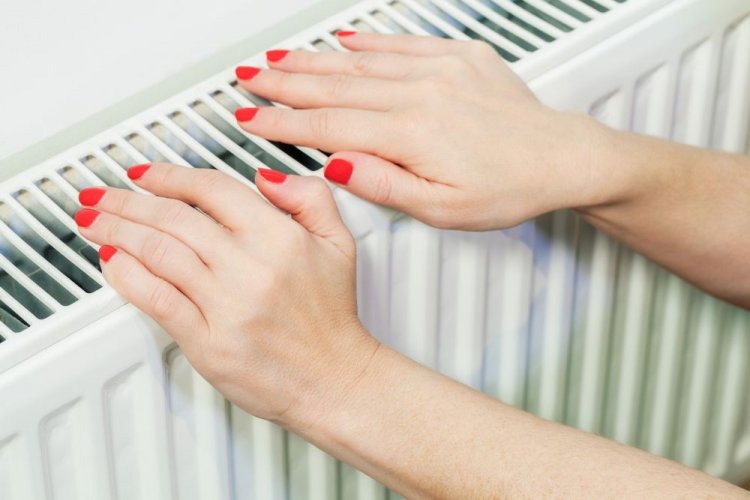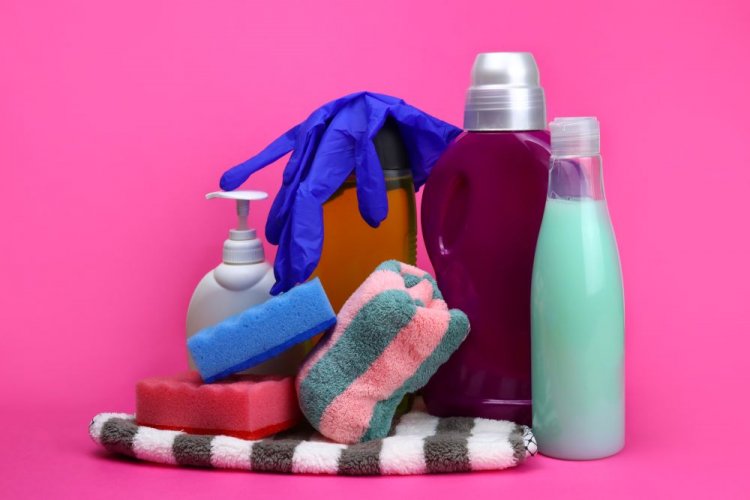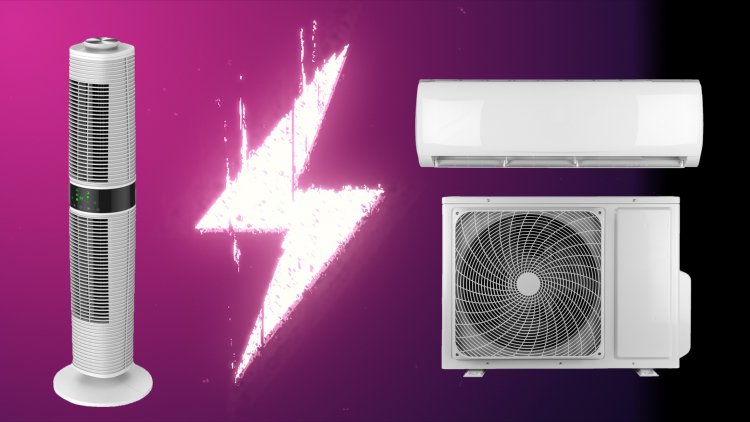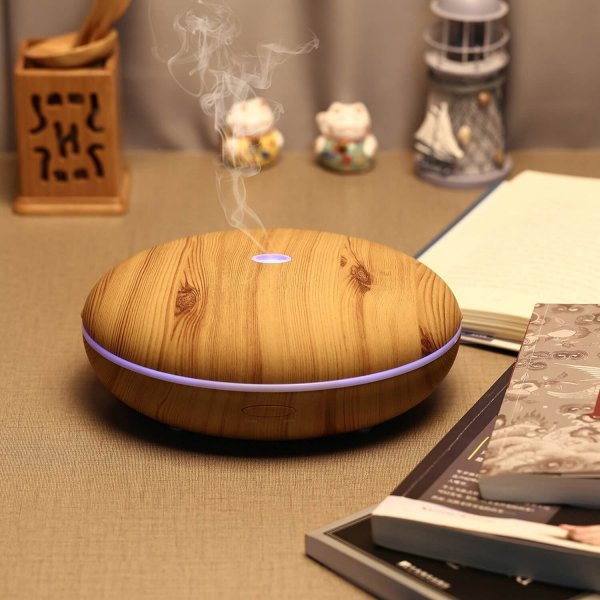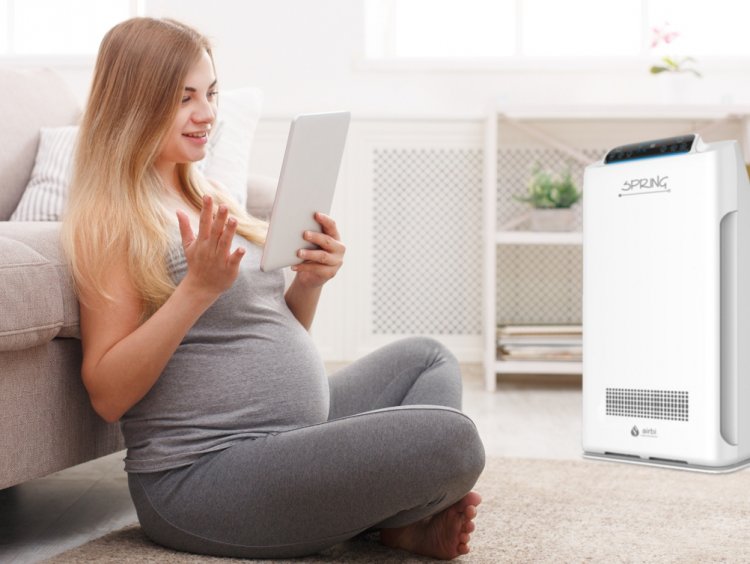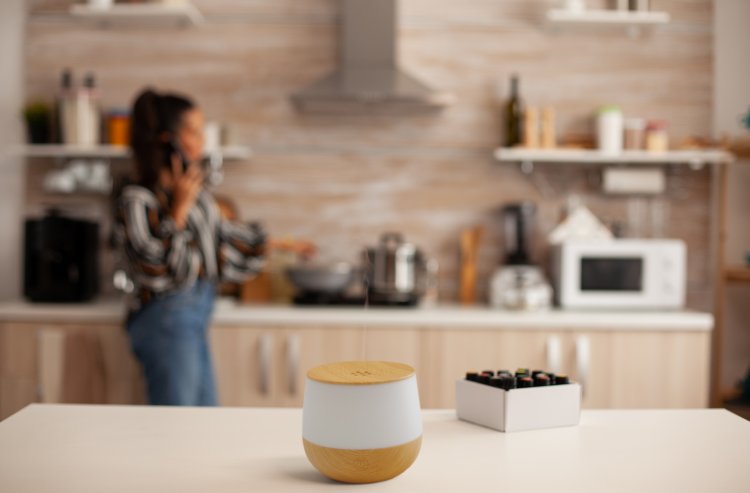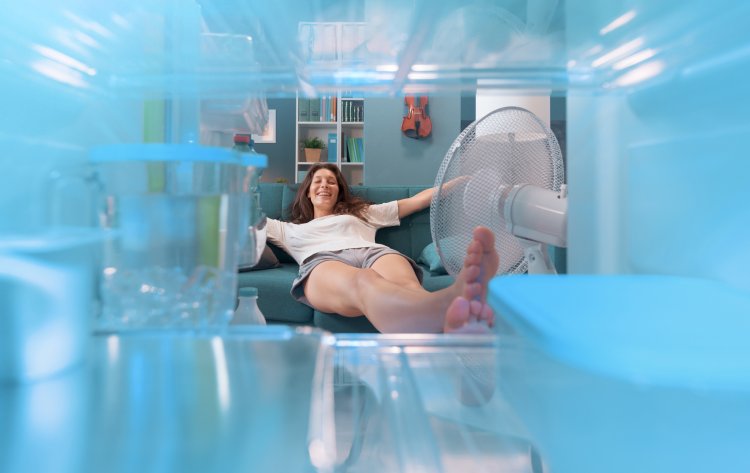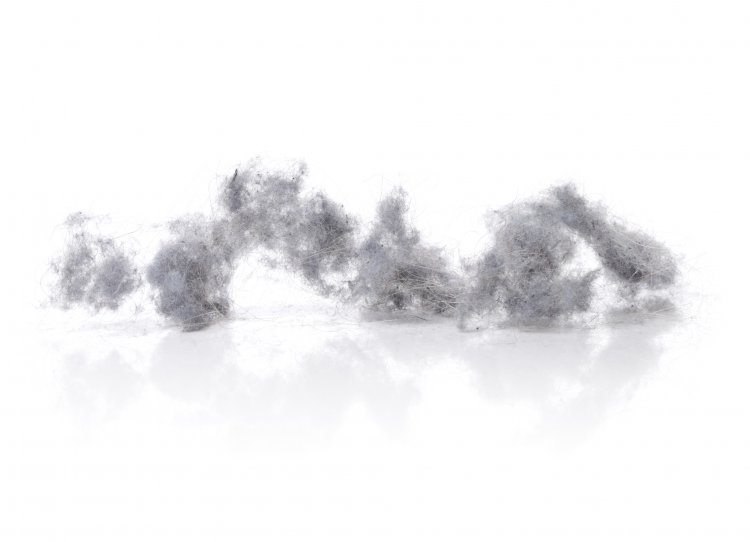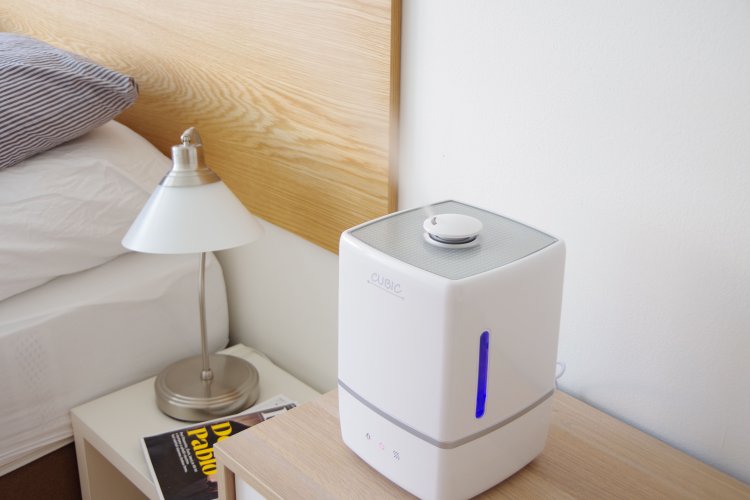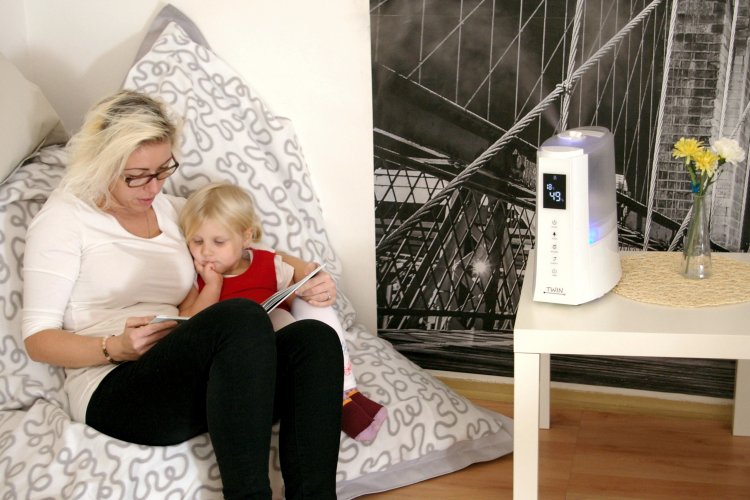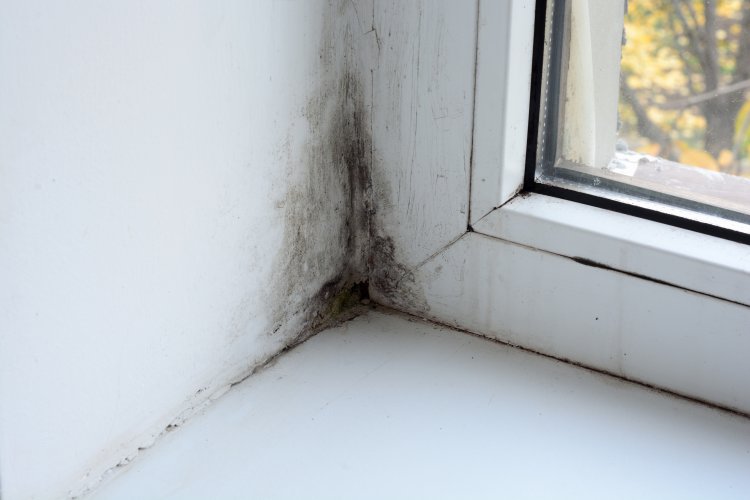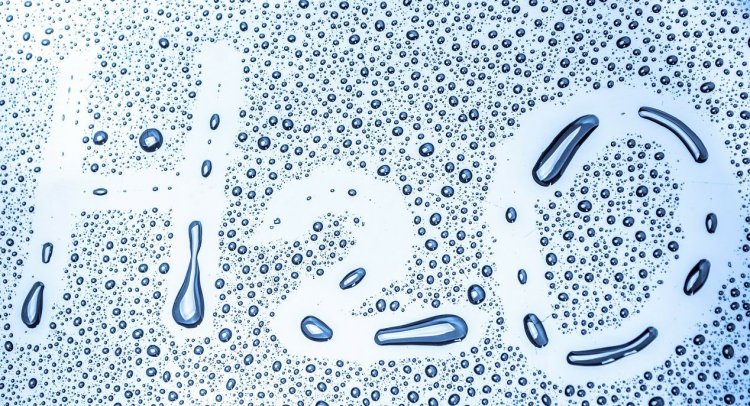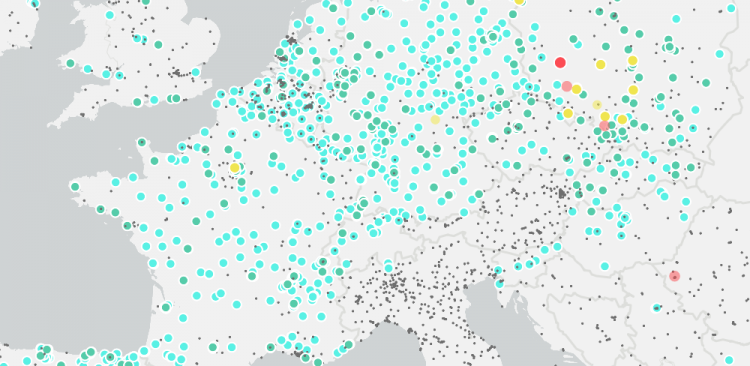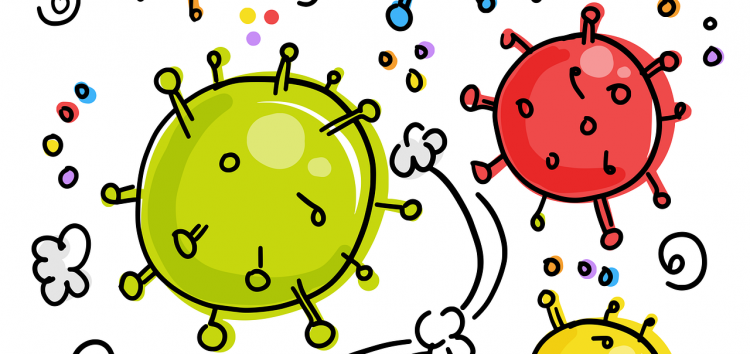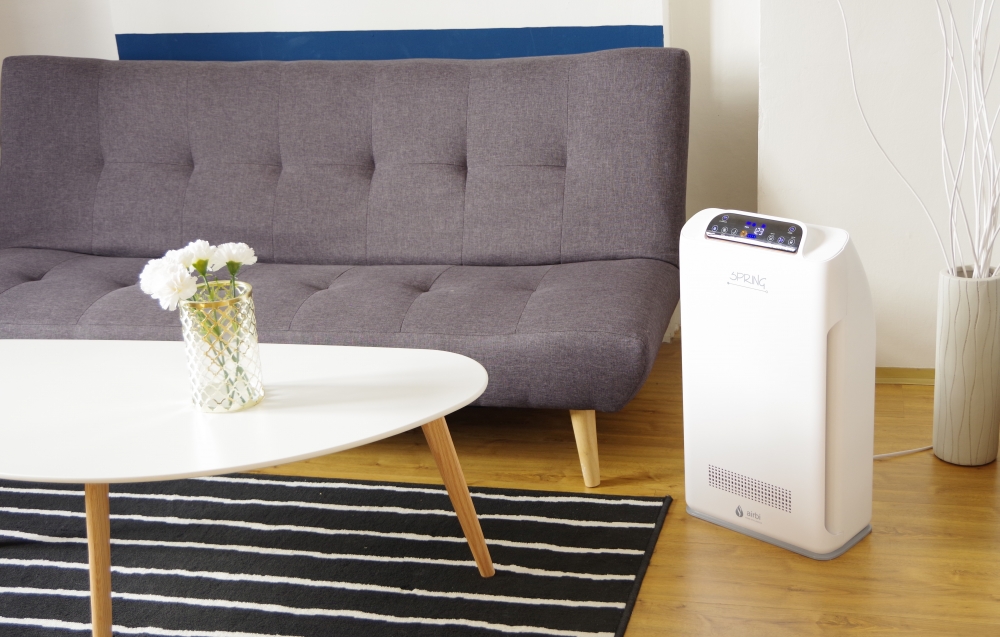

4 advantages (and 1 disadvantage) of desiccant dehumidifiers
Feb 20, 2025High humidity can be unpleasant. If you're choosing a dehumidifier, this brief overview of the advantages and disadvantages...
Volatile organic compounds (VOCs) are carbon-based chemicals that evaporate easily at room temperature. They are found in many everyday products such as paints, cleaning products, air fresheners, and even some foods. While some VOCs are harmless, others can have harmful effects on human health and the environment. In this article, learn more about their dangers to human health and ways to combat them.
In the first part of our miniseries we detailed the dangers associated with dust, while the second part was dedicated to problems with odours and gases. In this article, we'll discuss the risks of different volatile organic compounds (VOCs) and how to effectively combat them with an air purifier.
Exposure to VOCs can cause a range of symptoms, including headaches, dizziness, eye and throat irritation, and even cancer. Long-term exposure to high levels of VOCs is associated with increased risk of respiratory and cardiovascular disease, as well as developmental and reproductive problems.
Where can we find VOCs at home?
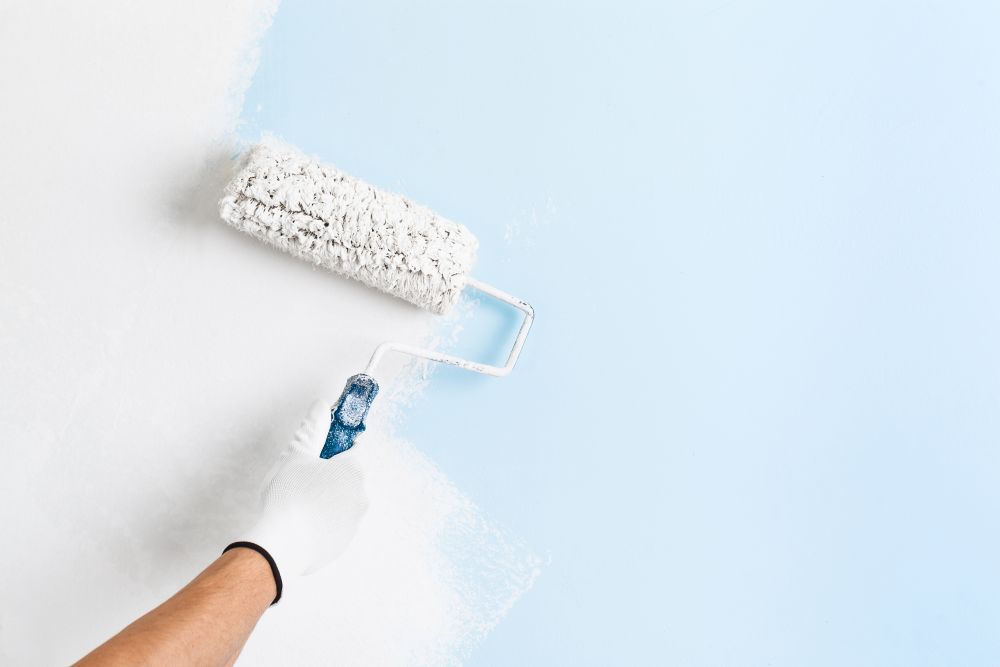
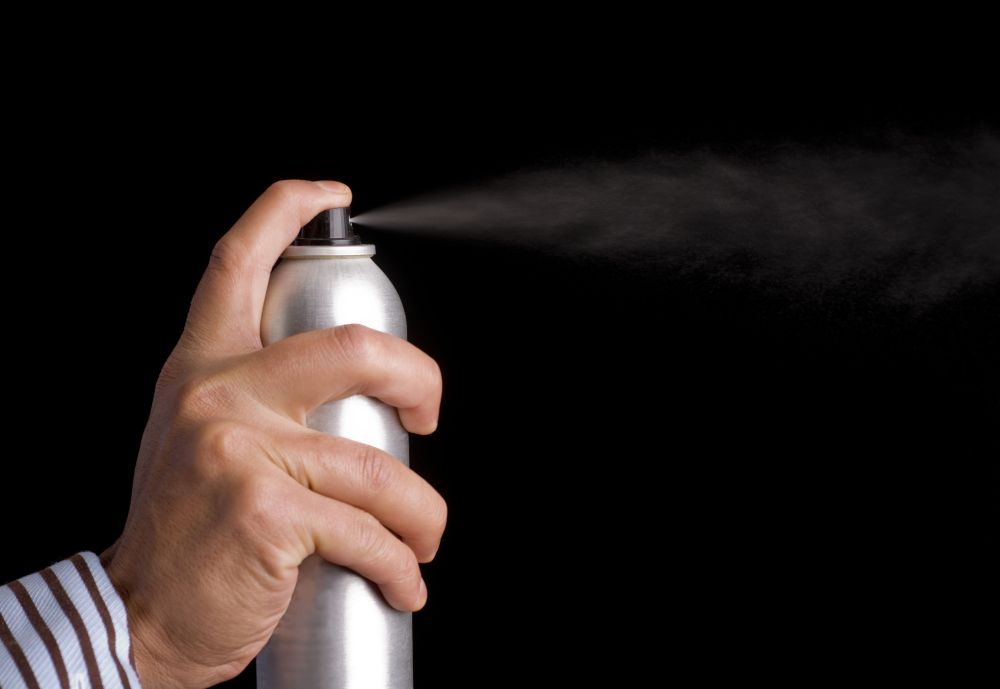
The most effective way to remove VOCs from the air and improve indoor air quality is to purchase an air purifier. They work by using a combination of filters and air purification technologies to remove pollutants from the air. Activated carbon filters are particularly effective at removing VOCs because they are porous and can absorb a wide range of chemicals. When air containing VOCs passes through an activated carbon filter, the VOCs are trapped in the filter and clean air is returned to the room.
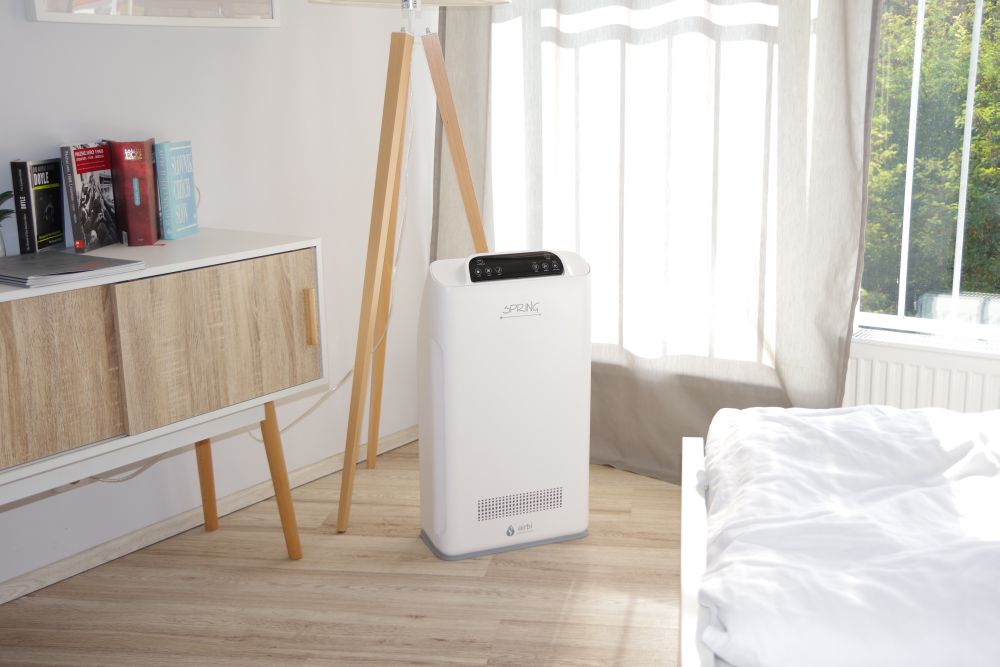
Air purifiers can also use other air purification technologies such as ultraviolet (UV), photocatalytic oxidation (PCO) and ionisation to remove VOCs. UV uses ultraviolet light to destroy pollutants, while PCO uses a catalyst to break down volatile organic compounds into harmless substances. Ionization creates negatively charged ions that bind to positively charged VOCs, causing them to fall to the ground and remove them from the air.
Air purifiers can help filter out VOCs, but it is also important to take steps to reduce VOC emissions in the first place. This can include using natural cleaning products, choosing paints and building materials with low VOC content, and limiting the use of air fresheners and other scented products. Proper ventilation is also essential to prevent the buildup of VOCs indoors.
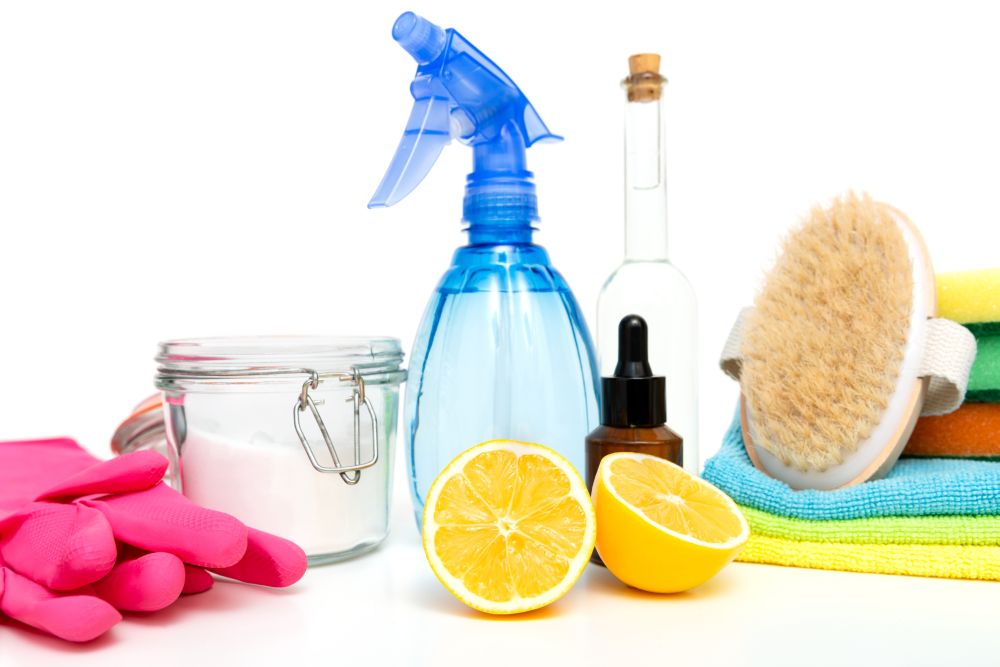
Let's take a closer look at the most common VOCs:
In conclusion, VOCs pose a significant threat to human health and the environment. However, activated carbon air purifiers and HEPA filters can help reduce exposure to these harmful chemicals. By investing in an air purifier, you can create a safer and healthier indoor environment for yourself and your loved ones.




